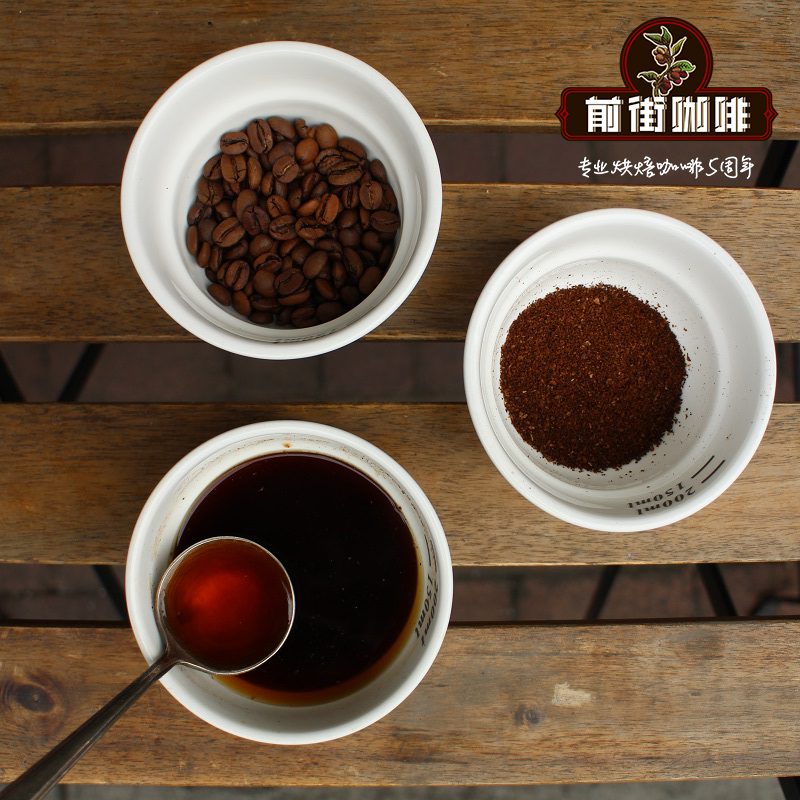Is Yunnan coffee good or not? How did Yunnan coffee come from?
Professional coffee knowledge exchange more coffee bean information please follow the coffee workshop (Wechat official account cafe_style)

The western and southern parts of Yunnan Province are located between 15 °N and the Tropic of Cancer, and most areas are 1000-2000 meters above sea level. The topography is dominated by mountains and slopes, with large ups and downs, fertile soil, sufficient sunshine, rich rainfall and large temperature difference between day and night. These unique natural conditions form the particularity of Yunnan small grain coffee taste-strong but not bitter, fragrant but not strong, slightly fruity. As early as the 1950s, Yunnan small seed coffee was very popular in the international coffee market and was rated as the top grade of coffee.
The history of coffee cultivation in Yunnan can be traced back to 1892. A French missionary brought coffee to Yunnan from abroad and successfully planted it in a valley in Binchuan County, Yunnan Province. The coffee plants of this batch of coffee seeds are still blooming and bearing fruit in Binchuan County.
Yunnan coffee was planted on a large scale in the mid-1950s, with a planting scale of 4000 hectares at one time. By the end of 1997, the planting area of coffee in the province had reached 7800 hectares. At present, the planting area of the province accounts for 70% of the national area, and the output accounts for 83% of the whole country. Yunnan coffee has established the dominant position in China in terms of planting area and coffee bean production.
The suitable planting areas of coffee in Yunnan are distributed in Simao, Banna, Wenshan, Baoshan and Dehong in the south and southwest of Yunnan.
What is planted here is the Katim variety. Katim is an artificially bred Arabica variety with a pedigree of 1ram and 4 Robusta, and the first goal of breeding is "resistance to leaf rust". Katim is planted in a large area in Yunnan, but there are not too many iron wall cards, bourbon and other ancient varieties, the reason is very simple, those species are not alive, a large number of diseases and insect pests, the yield is still low. However, because in an introductory book that many people in China will read when learning high-quality coffee, it is said that Katim has a devil's tail rhyme, that is, a bad after taste, which leads everyone to think that Katim = is not good to drink, and it has become a convention, which has brought great harm to coffee farmers in Yunnan. The question is, does Katim really have bad genes?
Important Notice :
前街咖啡 FrontStreet Coffee has moved to new addredd:
FrontStreet Coffee Address: 315,Donghua East Road,GuangZhou
Tel:020 38364473
- Prev

Webcast tuyere heats up Starbucks Taobao Live 5 hours sells 160000 cups of coffee
Starbucks, is this an epoch-making symbol or an epoch-making label? I don't know since when, coffee has become a drink with a sharp increase in consumption in China. With the continuous growth of China's economy, Starbucks is like a water-absorbing sponge, and its stores in China are expanding faster and faster.
- Next

The role of Nestle coffee in the development of Yunnan coffee?
Professional coffee knowledge exchange more coffee bean information please follow coffee workshop (Wechat official account cafe_style) since the late 1980s, Nestl é saw the potential of coffee production in Yunnan and hopes to support the government's poverty alleviation programs, investing a lot of money in the area. And began to buy Pu'er coffee in 1992, and then began to provide it to local coffee farms in 1994.
Related
- What is the standard process for the purpose of coffee cup testing? What is the difference between hand-brewed coffee and cup testing?
- How to use hand-brewed coffee paragon small golden balls? How does cold coffee lock in the aroma of coffee?
- Is American coffee black? What is the difference between American coffee and drip coffee?
- Unexpected! Well-known tea beverage brand Lele Tea will withdraw from the Zhengzhou market!
- Starbucks enters the fashion and beauty industry?! Netizen: Give me an ice American eye cream
- Why can American refills for free? The difference between Americano and American drip pot coffee
- Being chased out of the rain in front of Starbucks?! Store: Sheltering from rain under umbrellas poses a safety hazard
- The white moonlight has changed?! Lucky launches "Big Winter Pear American"
- Hand-brewed coffee three-stage method, high-sweet and universal brewing method to share! What does the high sweet water level of hand-brewed coffee mean?
- What is the difference between raw, refined and full espresso coffee? How to extract espresso and taste good?

